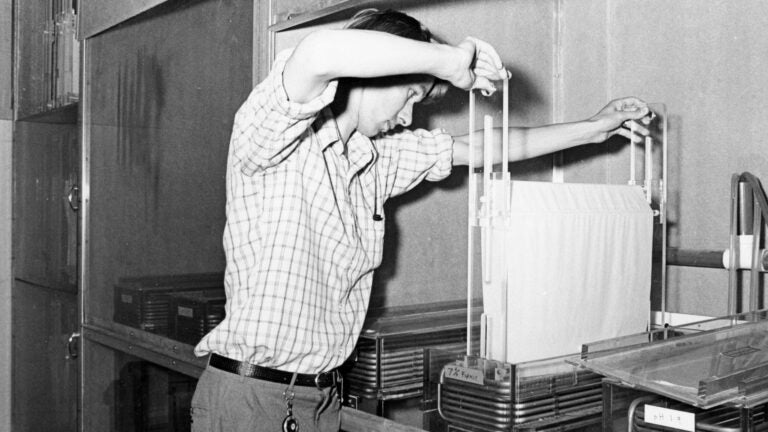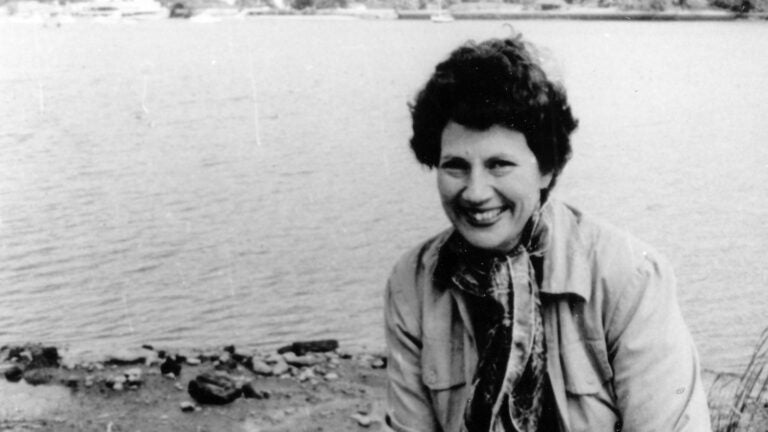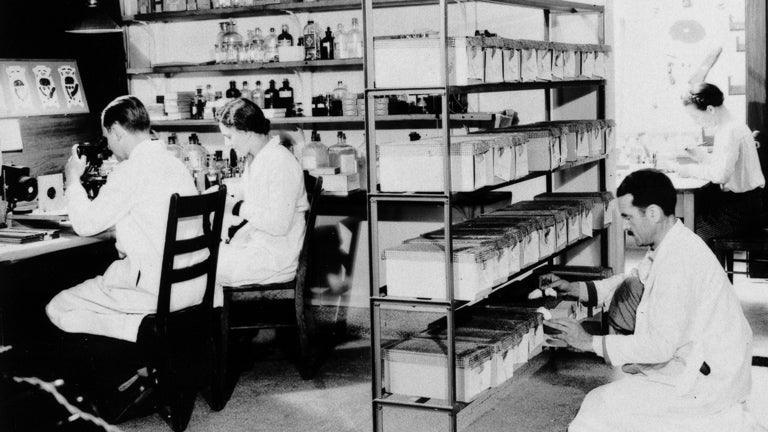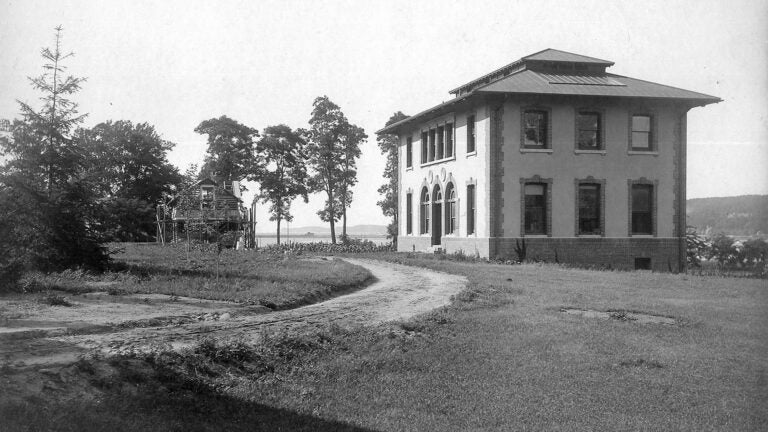Biology and Medicine
Research and discovery in biology and medicine
From laboratory notebooks to letters exchanged between collaborators, from crystallography images to historic instruments, the CSHL collection contains an extraordinary wealth of material documenting the process of research and discovery across many eras of the history of biology and medicine.

The rich sources at CSHL show that scientific discovery is a complex process—with social as well as cognitive dimensions—that stretches far beyond any single “eureka!” moment. For example, the Carol Greider collection documents her Nobel Prize-winning research on telomerase across a wide range of activities over the course of more than a decade: lab assays and diagrams of enzyme activity recorded in notebooks dating to her graduate studies at Berkeley; discussions of how authorial credit should be allocated among collaborators; struggles with recalcitrant peer reviewers and concerns about being “scooped;” and reactions to seeing the research discussed in the popular press. And as with many other topics, the breadth of CSHL’s collections offers perspectives on Greider’s telomere research beyond those found in her own records: from an oral history interview with her doctoral supervisor and co-laureate Elizabeth Blackburn to administrative documents about her tenure as a postdoctoral fellow and investigator at CSHL (these and other personnel records are subject to embargo for privacy reasons, but have been preserved for future generations of researchers).

In keeping with CSHL’s tradition of hosting scientific meetings and courses, the collection is particularly strong in documenting how collaborations were fostered and research results were disseminated and discussed. The archive holds programs, abstracts, photographs, and memorabilia from CSHL symposia and other meetings; the CSHL library holds published materials that emerged from those meetings, including the annual Symposium volumes; the oral history collection includes interviews with hundreds of organizers and attendees of CSHL meetings; and many of the personal collections include conference-talk drafts, meeting programs (from CSHL and elsewhere), and correspondence with collaborators.
In addition to paper records, the CSHL collections contain artifacts from some of the most consequential research programs in the history of biology, including maize kernels from Barbara McClintock’s discovery of transposable elements and the blender used in the 1952 Hershey-Chase experiment that helped to establish that genetic material is made of DNA rather than protein. (See also the theme Visual Records and Material Culture.)

